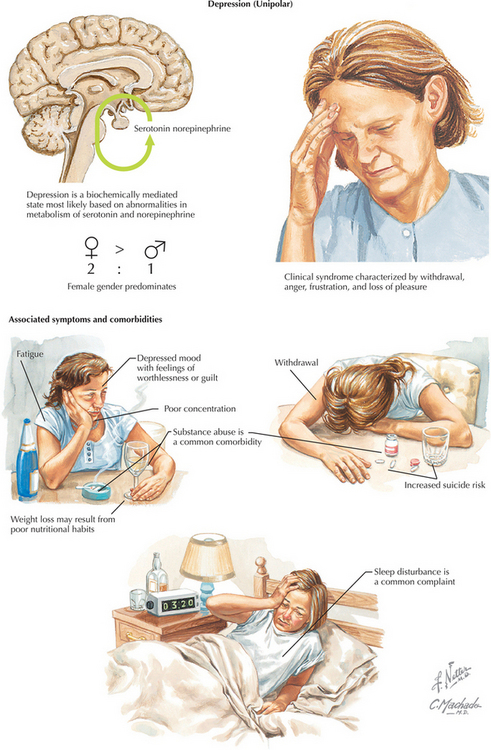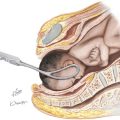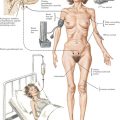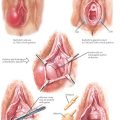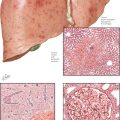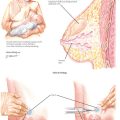Chapter 18 Depression (Unipolar)
INTRODUCTION
ETIOLOGY AND PATHOGENESIS
CLINICAL CHARACTERISTICS
(Hallucinations and delusions may appear in profound cases.)
DIAGNOSTIC APPROACH
Differential Diagnosis
MANAGEMENT AND THERAPY
Nonpharmacologic
Drug(s) of Choice
FOLLOW-UP
MISCELLANEOUS
Fava GA, Ruini C, Belaise C. The concept of recovery in major depression. Psychol Med. 2007;37:307.
Geddes J, Butler R, Hatcher S, et al. Depression in adults. Clin Evid. 2006;15:1366.
Thachil AF, Mohan R, Bhugra D. The evidence base of complementary and alternative therapies in depression. J Affect Disord. 2007;97:23. Epub 2006 Aug 22
American College of Obstetricians and Gynecologists. Treatment with selective serotonin reuptake inhibitors during pregnancy. ACOG Committee Opinion 354. Washington, DC: ACOG, 2006.
Association of Professors of Gynecology and Obstetrics. Depressive disorders in women: diagnosis, treatment, and monitoring. Washington, DC: APGO, 1997.
Beck A. Depression Inventory. Philadelphia: Center for Cognitive Therapy, 1991.
Fancher T, Kravitz R. In the clinic. Depression. Ann Intern Med. 2007;146:ITC1-ITC5.
Klein DF, Wender PH. Understanding depression: a complete guide to its diagnosis and treatment. New York: Oxford University Press, 1993.
Maurer D, Colt R. An evidence-based approach to the management of depression. Prim Care. 2006;33:923. vii.
McGrath E, Ketia GP, Strickland BR, Russo NF. Women and depression: risk factors and treatment issues. Washington, DC: American Psychological Association, 1990.
Norman TR, Burrows GD. Emerging treatments for major depression. Expert Rev Neurother. 2007;7:203.

